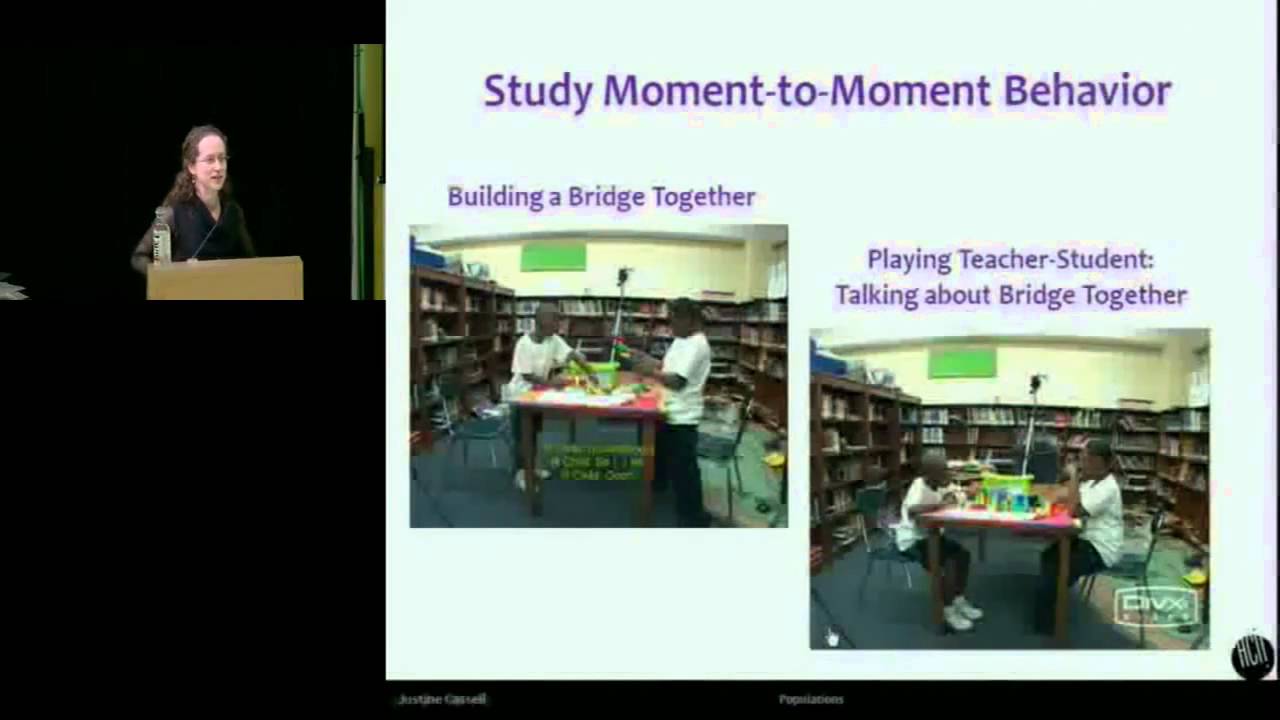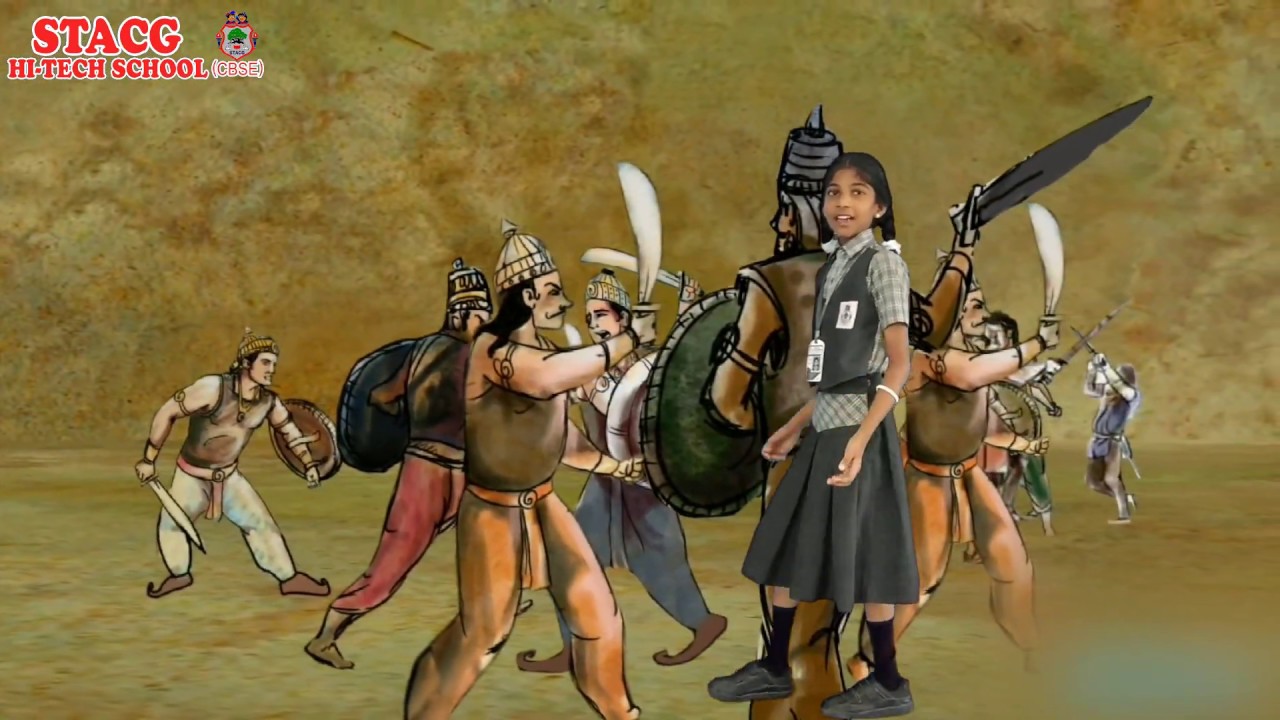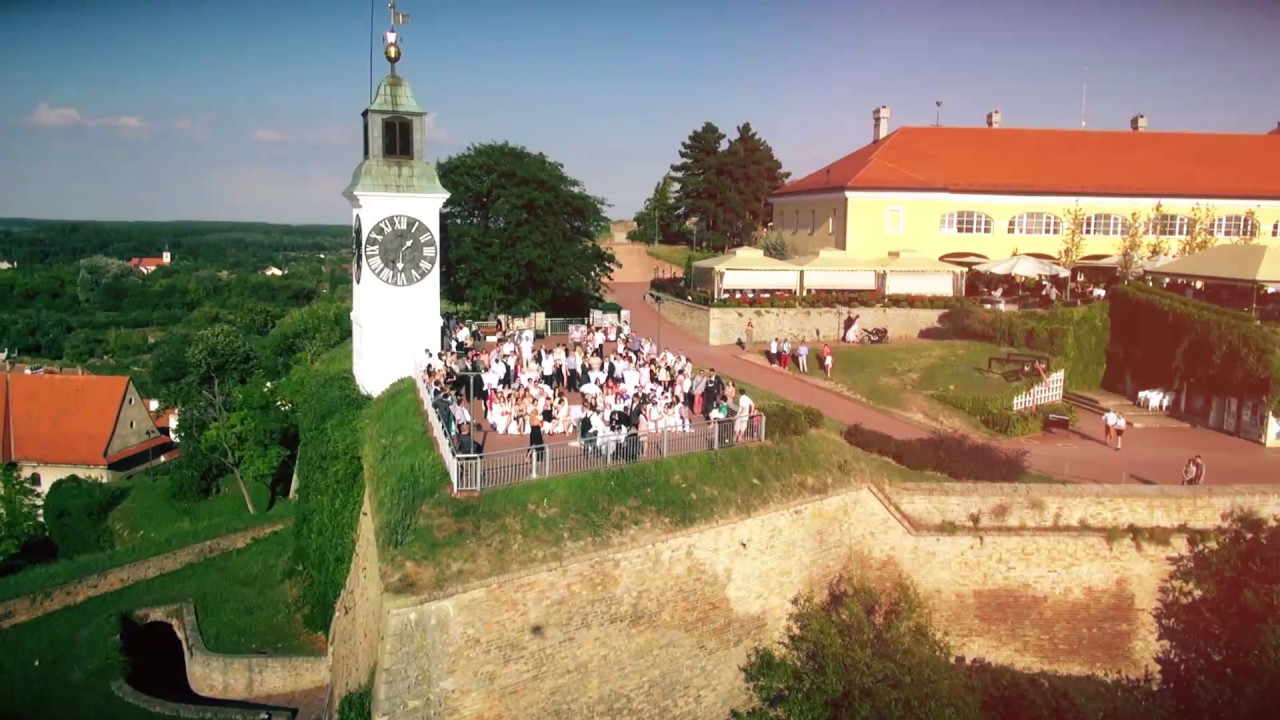Google Tech Talk
January 10, 2011
Presented by Justine Cassell.
ABSTRACT
How do we build an interdisciplinary HCI that contributes equally to social theory and engineering practice? On the one hand, how do we maximize the benefits that theory can bring to the design of actual artifacts that improve health, well-being, education, and social change? On the other hand, how do we maximize the use of technological artifacts in pushing the boundaries of social theory? In sum, how do we understand human behavior with, through, and in response to new technologies, and how do we design new technologies shaped by this understanding?
In this talk, I use examples from my recent research and that of the other faculty at Carnegie Mellon’s Human-Computer Interaction Institute to illustrate dimensions of these questions. By referencing a range of work that depends intrinsically on both social theory and engineering practice, I point to ways that HCI can contribute to both. This work reflects my perspective on the power and promise of HCI research to make significant contributions to social theory and to engineering practice, and the power and promise of a partnership between social theory and engineering practice to keep the human always at the heart of our work.
Bio: Justine Cassell joined Carnegie Mellon University in August as director of the Human-Computer Interaction Institute in the School of Computer Science. A member of the faculty at Northwestern University from 2003 to 2010, she was the founding director of its Center for Technology and Social Behavior, and before that was a tenured professor in the MIT Media Lab.
A graduate of France’s Université de Besançon and Dartmouth College, Cassell earned a master’s degree in linguistics from the University of Edinburgh and a dual doctorate in linguistics and psychology from the University of Chicago. Her research interests originated in the study of human-human conversation and storytelling. Interested in allowing computational systems to participate in these activities, she deconstructed the linguistic and nonverbal elements of conversation and storytelling in such a way as to embody machines with conversational, social and narrative intelligence. She is credited with developing the Embodied Conversational Agent — a virtual human capable of interacting with people using both verbal and non-verbal behavior. Her research has come to address the impact and benefits of technologies such as these on learning and communication. Cassell held the AT&T Research Chair at Northwestern beginning in 2006 and was honored in 2008 with the “Women of Vision” award from the Anita Borg Institute.
GoogleTechTalks
Source




Yes the speaker is awesome. But the topic is somewhat boring..
This is the best thing.
hey SPC, lets write a 2 page paper…. fml
@xvxozzyxvx was it supposed to be single or double spaced?! 😛
@JeremyAbuan
I have no idea.